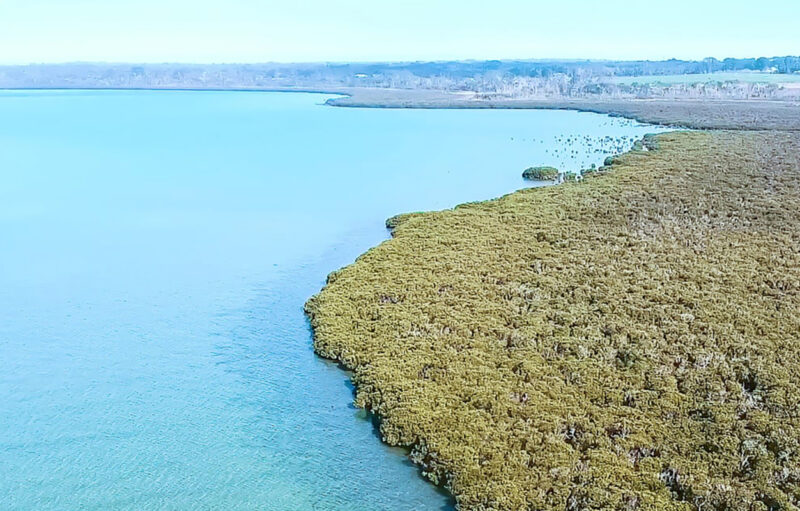PARK WATCH Article December 2023 |
Kade Mills, ReefWatch Coordinator, on the success of the Marine Life of Victoria project
‘Kade, can you identify this?” I often find myself uncertain when someone directs my attention to a plant or creature from their dive or rockpool expedition. It’s not a lack of marine life knowledge; it’s a reflection of the countless undiscovered species awaiting documentation along the Great Southern Reef.
In the ‘good old days’, identifying something involved memorising its characteristics and poring over reference books to find a match once you returned home. While it was fun and rewarding, we now possess a more powerful tool – our smart phones – that supercharge our identification abilities and contribute to the global knowledge database on plants and animals.
iNaturalist, which began as a master’s project by two students in 2008, has evolved into an online social network for people to share biodiversity information, helping each other learn about nature. Since its inception, it has documented over 163 million observations of more than 430,000 species by nearly 3 million contributors globally. This data is shared with the Global Biodiversity Information Facility worldwide and the Atlas of Living Australia in Australia, eventually reaching the Victorian Biodiversity Atlas.
iNaturalist employs machine learning and image and pattern recognition to accurately identify common and frequently photographed species. However, I quickly realised it wasn’t recognising marine species; many sea slug images were mistakenly suggested to be flowering plants or butterflies! Fortunately, identifications don’t rely solely on technology, but also on taxonomists, naturalists and nature enthusiasts who offer their expertise in the identification process.
ReefWatch initiated the Marine Life of Victoria project, providing a platform for local marine enthusiasts to share their images and convert them into valuable data, simultaneously sharing their expertise and enthusiasm for Victoria’s marine life.
The project has gathered over 33,000 observations of more than 1,400 species, accurately identifying many frequently sighted and photographed species through the platform. It also serves as a community where people celebrate each other’s unique discoveries and organise meet-ups for diving, snorkelling and rock pool exploration.
Though the technology isn’t flawless, with some species being difficult to photograph or unidentifiable from images, the project still provides a visual record of Victoria’s marine life on an open-source platform accessible to all learners. And we have successfully trained ‘the machine’ to recognise that sea slugs, while often referred to as the butterflies of the sea, they are not butterflies.
- Read the latest full edition of Park Watch magazine
- Subscribe to keep up-to-date about this and other nature issues in Victoria
- Become a member to receive Park Watch magazine in print
